There’s always room for cello…wait…what?
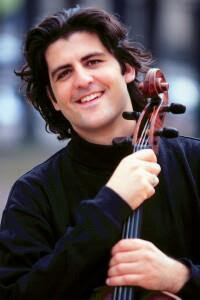 Why would Aural States review a classical recital? Why would we, a brand new blog, even bother with something that won’t earn us indie/hipster/scenester cred?
Why would Aural States review a classical recital? Why would we, a brand new blog, even bother with something that won’t earn us indie/hipster/scenester cred?
Because Aural States is by music geeks, for music geeks.
If you’re a dilettante more worried about having the tightest jeans at the show, than about the music, I can recommend other, more cholesterol rich Baltimore music blogs for you to visit that are probably much better at and more focused on getting you your fix. But if you take music seriously, and see it as more than just a signifier of you coolness, then this blog has something to offer you.
Classical music isn’t as stuffy as you might think. An audiophile simply wants to hear good music, regardless of its genre or classification. And when you see a classical performance, you can be certain of one thing…shit will be done right.
We’ve thrown the old Adorno model of high art vs. low art out the window long ago. Pop/rock/electronic musicians have long had classical influences, as well as many contemporary classical musicians and composers looking to the pop world. Philip Glass wrote works based on Bowie’s Heroes. Aphex Twin hangs out with Glass. Leonard Bernstein thought Brian Wilson was a genius. Jonny Greenwood’s recent soundtrack for There Will be Blood bears the mark of Gorecki to be sure, and perhaps other 20th century European composers. Talk to anybody involved in anything experimental about Stockhausen, and they won’t shut up. The point is that people listening to popular music can’t simply dismiss classical music.
With that said, I recently got the chance to see Peabody faculty member Amit Peled perform the complete Beethoven cello sonatas. To me this was very exciting. I began playing cello when I was about seven. I’ve played most of the Beethoven cello sonatas, though my performances were never worth much notice. But going beyond my personal involvement with the instrument, this recital allowed the listener to hear (and see) Beethoven’s progress and development writing for an instrument over the course of nearly 20 years.
All 700 seats of Peabody’s Freidberg Concert Hall were filled, though some of those seats were taken up by conservatory student’s cello cases (and when bows alone can cost well into the tens of thousands of dollars, it’s understandable wanting to keep a close eye on you instrument). People were visibly excited, if not just to see someone complete the marathon performance of going through all the sonatas.
Mr. Peled, accompanied by Alon Goldstein, took the stage. The first two sonatas are not very strong pieces, and there isn’t too much the performer can do about it. When Beethoven wrote the first two sonatas, he had no understanding of how to exploit the cello’s strengths. Beethoven stuck to what he knew, so the focus of the first two remained the piano, with the cello playing little more than a glorified continuo.
During the first sonata, Mr. Peled had an embarrassing, though common, mistake for cellists—his endpin kept slipping. The endpin is the pointed metal rod at the base of the cello, and it supports all of the weight. Mr. Peled couldn’t find a notch in the floor keep to the endpin in place, so he supported the cello instead by holding the body between his knees—like a baroque cello, or a viola da gamba.
Before beginning the second sonata, Mr. Peled found a knick in the floor and readjusted his chair.
“I always tell my students to find the hole before the recital,” he joked.
For my money, sonata No. 3 was the highlight of the whole night. This is when Beethoven finally understood what to do with the cello. The first movement opens with the cello playing alone in the lower register. Sonata No. 3, and the scherzo movement in particular, work to the advantages of the cello. The themes are muscular and resonating. Mr. Peled’s approach was very physical, very forceful. Horsehairs were snapping all over the place.
In the last two sonatas the dynamic between Mr. Peled and Mr. Goldstein became apparent. At this point in Beethoven’s writing the interplay between the cellist and pianist becomes (and this will sound trite and cliché, but it’s true) a dialog.
It can be said that the first two sonatas were piano pieces that just happen to have cello included, the third is definitely a cello piece, but the final two sonatas treat the two instruments as equals, as partners. To have seen two tremendous musicians locked into this conversation was amazing.
Going into the final work, adrenaline was pumping through both musicians, but Mr. Peled paused and began to speak. Before he would get a word out, an amped Mr. Goldstein hammered the opening chord. Realizing what he had done he completed the cadence. Everyone laughed. After three hours of intense concentration, a little humor to break the strain is fine. Mr. Peled dedicated the final sonata to his students. His level of energy, and the audience’s too, were remarkably high.
I thought sitting through the entire performance would be draining, but I left feeling invigorated. This is the effect of great music. –Bez
Jacqueline du Pré playing Scherzo from Beethoven’s Cello Sonata No. 3
Related posts
- Goldstein-Kaler-Peled Trio perform Beethoven benefitBeethoven’s genius ranges from the large scale orchestral works, like...
- An Hour of Kindness: Episode 5 – In Every RoomAn Hour of Kindness- Episode 5- In Every Room- Untitled...
- Peter Minkler (viola) & Lura Johnson (piano) @ An Die MusikSeems this month is just chock full of new contributors....
- 2008 Wrap-Up (Alex) – Live PerformancesLuckily, my editor is on in-between semester break. Otherwise, I’m...
- Russia Seizes the Stage @ An Die MusikThe duo of pianist Irina Nuzova and cellist Wendy Warner...





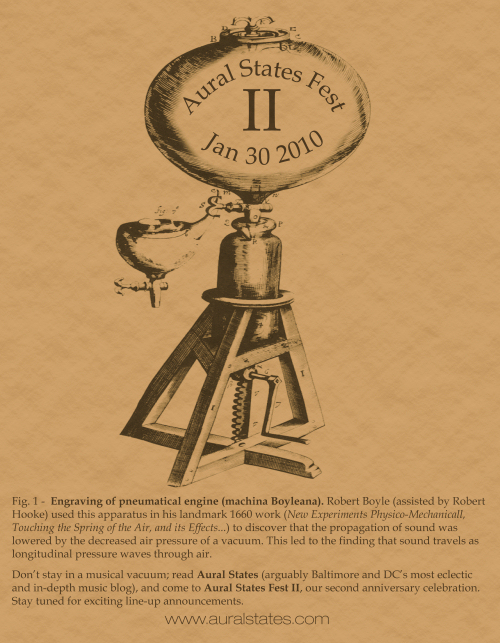











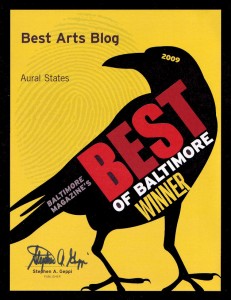


 Double Dagger: Masks EP
Double Dagger: Masks EP Pfisters: Narcicity
Pfisters: Narcicity Lizz King: All Songs Go To Heaven
Lizz King: All Songs Go To Heaven Imperial China: Phosphenes
Imperial China: Phosphenes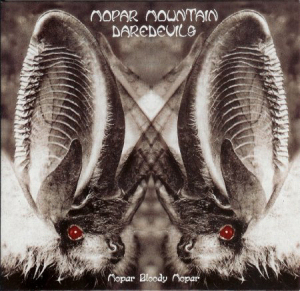 Mopar Mountain Daredevils: Mopar Bloody Mopar
Mopar Mountain Daredevils: Mopar Bloody Mopar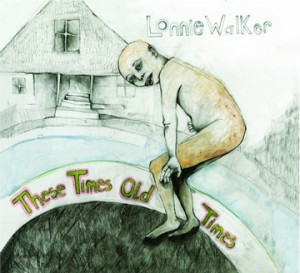 Lonnie Walker: These Times, Old Times
Lonnie Walker: These Times, Old Times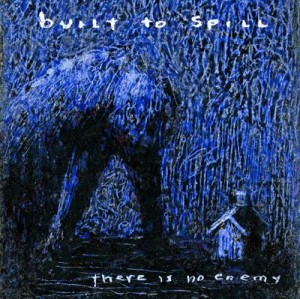 Built to Spill: There Is No Enemy
Built to Spill: There Is No Enemy Hypnotic Brass Ensemble: Hypnotic Brass Ensemble
Hypnotic Brass Ensemble: Hypnotic Brass Ensemble Secret Mountains: Kaddish EP
Secret Mountains: Kaddish EP Bela Fleck: Throw Down Your Heart: Tales From the Acoustic Planet, Vol. 3 -Africa Sessions
Bela Fleck: Throw Down Your Heart: Tales From the Acoustic Planet, Vol. 3 -Africa Sessions Lands & Peoples: Lands & Peoples EP
Lands & Peoples: Lands & Peoples EP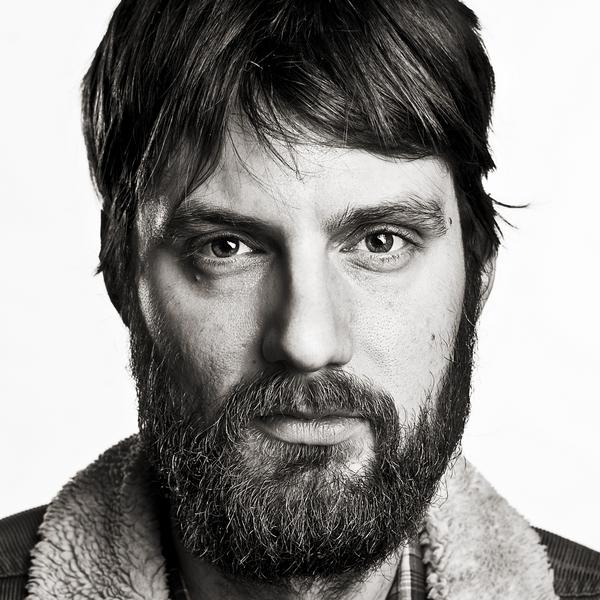 Caleb Stine: Eyes So Strong and Clean
Caleb Stine: Eyes So Strong and Clean Wye Oak: The Knot
Wye Oak: The Knot Pontiak: Maker
Pontiak: Maker White Rabbits: It's Frightening
White Rabbits: It's Frightening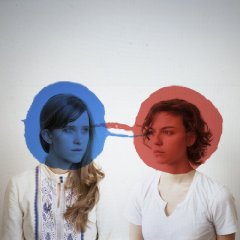 Dirty Projectors: Bitte Orca
Dirty Projectors: Bitte Orca Double Dagger: More
Double Dagger: More Elvis Perkins in Dearland: Elvis Perkins in Dearland
Elvis Perkins in Dearland: Elvis Perkins in Dearland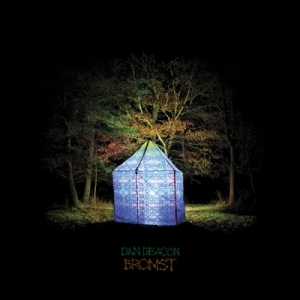 Dan Deacon: Bromst
Dan Deacon: Bromst The Thermals: Now We Can See
The Thermals: Now We Can See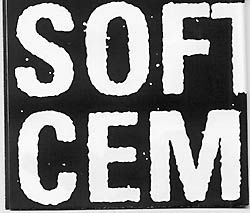 Soft Cement: Think About It EP
Soft Cement: Think About It EP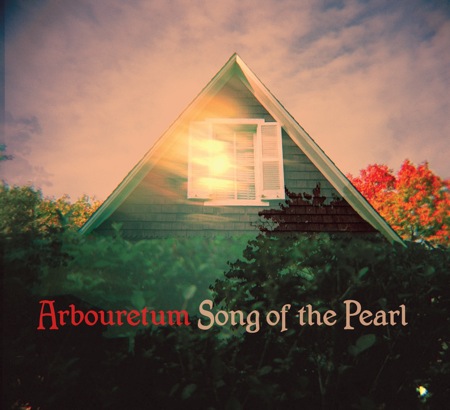 Arbouretum: Song of the Pearl
Arbouretum: Song of the Pearl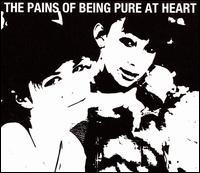 The Pains of Being Pure at Heart: The Pains of Being Pure at Heart
The Pains of Being Pure at Heart: The Pains of Being Pure at Heart Benjy Ferree: Come Back to the Five and Dime, Bobby Dee Bobby Dee
Benjy Ferree: Come Back to the Five and Dime, Bobby Dee Bobby Dee Weekends: Weekends
Weekends: Weekends Height With Friends: Baltimore Highlands 12" LP, Limited-Run Vinyl Only
Height With Friends: Baltimore Highlands 12" LP, Limited-Run Vinyl Only Caverns: Kittens! EP
Caverns: Kittens! EP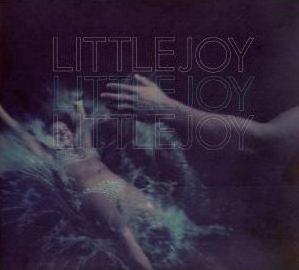 Little Joy: Little Joy
Little Joy: Little Joy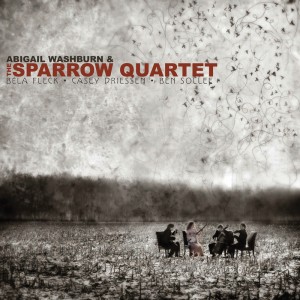 Abigail Washburn & the Sparrow Quartet:Abigail Washburn & the Sparrow Quartet
Abigail Washburn & the Sparrow Quartet:Abigail Washburn & the Sparrow Quartet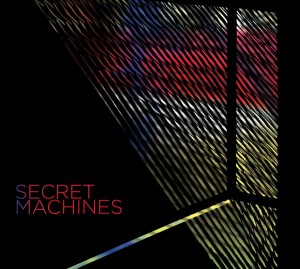 The Secret Machines: Secret Machines
The Secret Machines: Secret Machines The Bug: LondonZoo
The Bug: LondonZoo 13th Floor Elevators: Psychedelic Sounds of the 13th Floor Elevators (Vinyl Mono LP only)
13th Floor Elevators: Psychedelic Sounds of the 13th Floor Elevators (Vinyl Mono LP only) Arbouretum/Pontiak: Kale (Vinyl LP only)
Arbouretum/Pontiak: Kale (Vinyl LP only) Small Sur: We Live in Houses Made of Wood
Small Sur: We Live in Houses Made of Wood AbeVigoda: Skeleton
AbeVigoda: Skeleton ImperialChina: Methods: EP
ImperialChina: Methods: EP